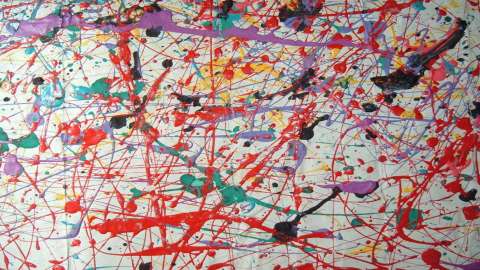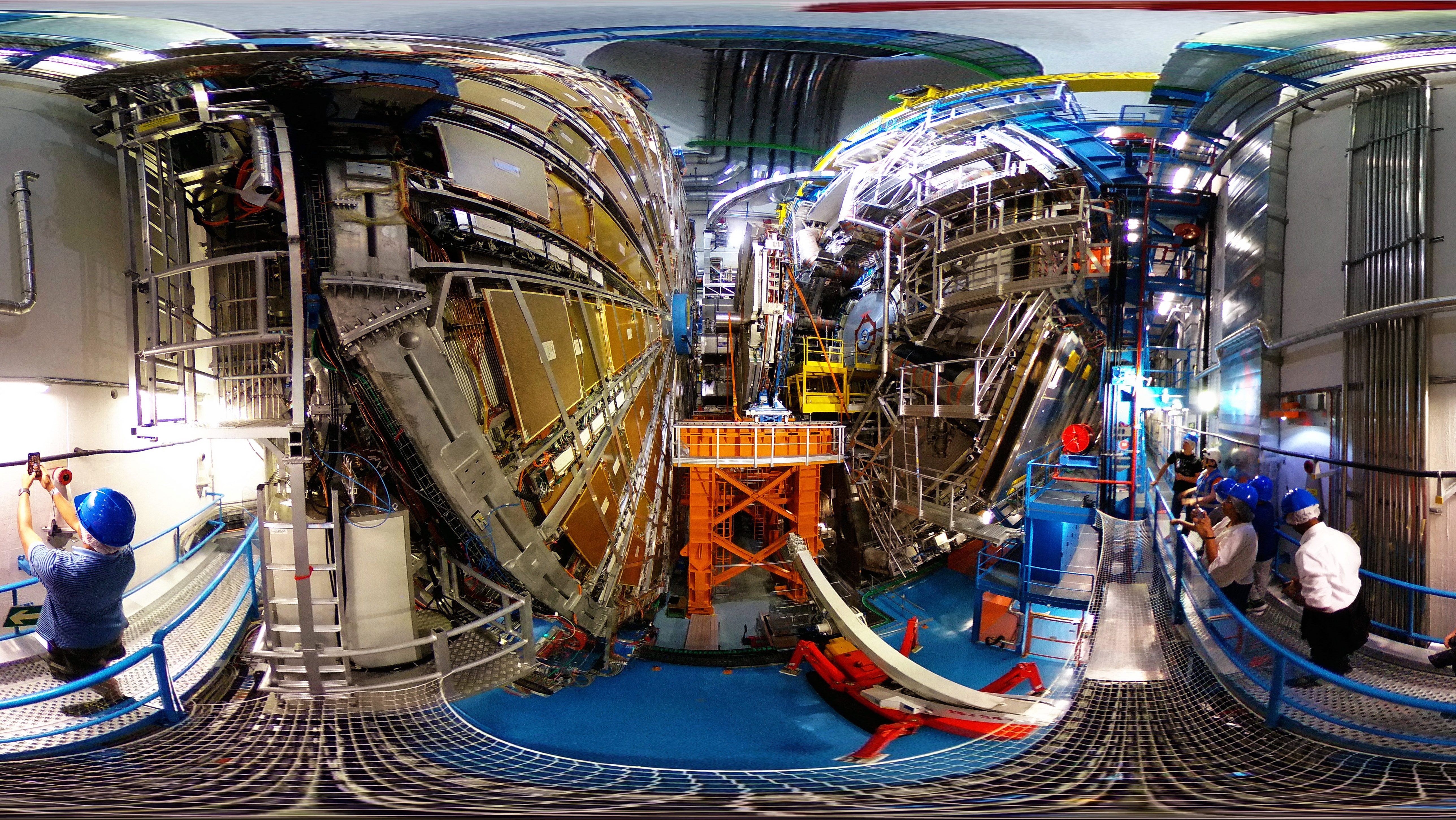Jackson Pollock’s Art Teaches Physicists About Fluid Dynamics

The works of abstract expressionist painter Jackson Pollock are providing physicists with insight into the working of non-Newtonian fluid dynamics more than a half-century after the artist’s death. A team of researchers at the Universidad Nacional Autónoma de México in Mexico City are studying how paint responded to Pollock’s technique of pouring, dripping, flicking and splattering his vision onto canvas.
Paint moves according to non-Newtonian laws, say the researchers. Like blood, paint behaves differently depending on how much of it there is as well as its viscosity. Leader of the study and engineering professor Roberto Zenit also compared paint to saliva, which can reenter the mouth after dangling because it has elastic properties.
Zenit says that our fascination with the works of Pollock may have to do with our interest in some very unique physics:
“One particular property of viscoelastic fluids is that they oppose a large resistance to being stretched. Our preliminary results indicate, that, indeed, some of the blobs in the patterns result from this particular property of non-Newtonian fluids…”
In his Big Think interview, contemporary artist Sean Scully explores some of the opportunities and themes that are available to the rising generation of artists:
Read more at Science Daily
Photo credit: Shutterstock





